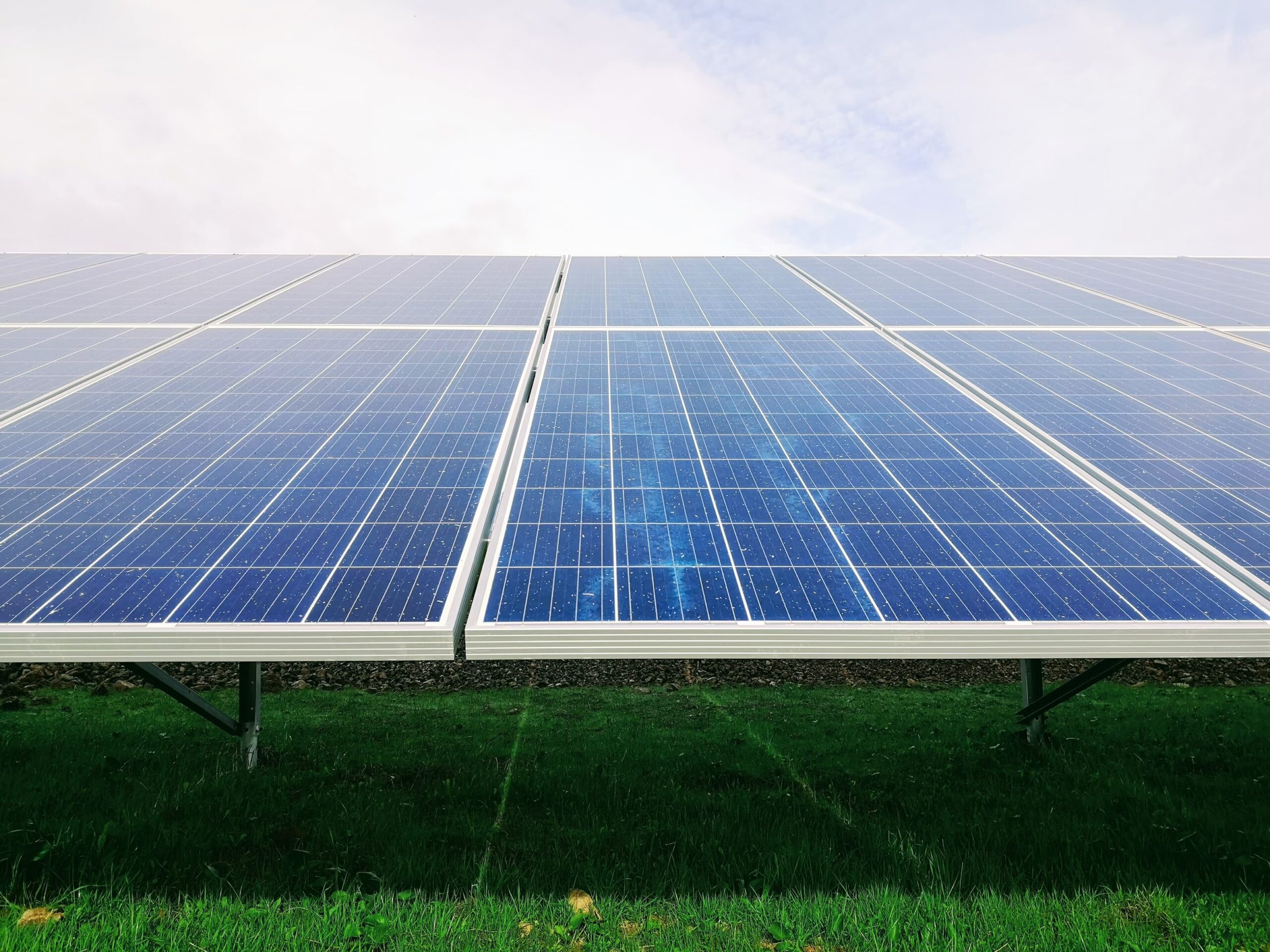On April 9, China’s green tech policy was reported to have come under scrutiny in the US and EU for allegedly disrupting competition in overseas markets for solar panels. Concerns were raised by US Treasury secretary Janet Yellen and European Commission executive vice president Margrethe Vestager respectively over the prominent role of Chinese government subsidies in boosting production of solar panels beyond domestic demand, creating excess supply that could be offloaded to other countries at much lower prices.
China heavily subsidizes its green energy sector. According to the Kiel Institute for the World Economy, industrial subsidies in China are between 3–9 times that of other OECD countries such as the US or Germany. This, combined with the fact that the price of solar panels in China reportedly fell by 42% in 2023, solidifies the country’s already formidable cost advantage over competitors in countries such as the US, where production costs are 60% higher.
Solar panels form part of the “new trio” of emerging technologies in China, alongside lithium-ion batteries and electric vehicles. Buoyed by robust government subsidies, domestic solar giants such as Longi and Tongwei Solar have been able to reap vast economies of scale and fund innovation throughout the supply chain.
The PV supply chain begins with the purification of polysilicon from industrial silicon ore, followed by the production of wafers using polysilicon rods and ingots. Wafers are subsequently fabricated into photovoltaic cells and finally assembled into solar panels. While electricity-intensive PV panel manufacturing is mostly powered by fossil fuels, such emissions can typically be offset within 4–8 months of solar panel operation.
China’s outsized competitive advantage in solar production has demonstrably led to supply-demand imbalances, with Wood Mackenzie estimating that the country’s PV wafer, cell, and module capacity in 2024 is already sufficient to meet annual global demand up until 2032. Moreover, the International Energy Agency expects the global solar manufacturing utilization rate to drop below 40% over the next four years, down from 60% in 2023.
In response to plummeting PV panel prices caused by oversupply, Chinese solar giants are taking steps to cut costs. Bloomberg reported in March that Longi, the world’s largest solar manufacturer, could be releasing up to one-third of its workforce.
This upheaval comes after years of rapid expansion, suggesting that Longi and other Chinese solar giants are looking to pivot away from domestic manufacturing to instead invest in overseas production. In October 2023, Longi opened its first solar module plant in Malaysia, while PowerChina Guizhou Engineering established Qatar’s first non-fossil fuel power plant in 2022.
Moreover, according to former People’s Bank of China governor Zhou Xiaochuan, China’s excess supply will eventually be absorbed by emerging economies as demand for green technology increases. According to data from Ember, Chinese solar exports to Saudi Arabia and South Africa more than doubled in 2023, while shipments to Pakistan, Thailand, and Malaysia also increased significantly.
In addition to advancing the transition to green energy on a global scale, growth in these nascent markets for renewable energy could also help offset China’s losses from shrinking exports to the US and EU, where officials are looking to dampen the influx of low-cost solar panels from China with higher tariffs and tighter regulations.
As the global leader in renewable energy, China is on track to exceed its own ambitious energy targets, according to a Global Energy Monitor report. It is expected to double its capacity and produce 1,200 gigawatts of energy through wind and solar power by 2025, reaching its 2030 goal five years ahead of time.

